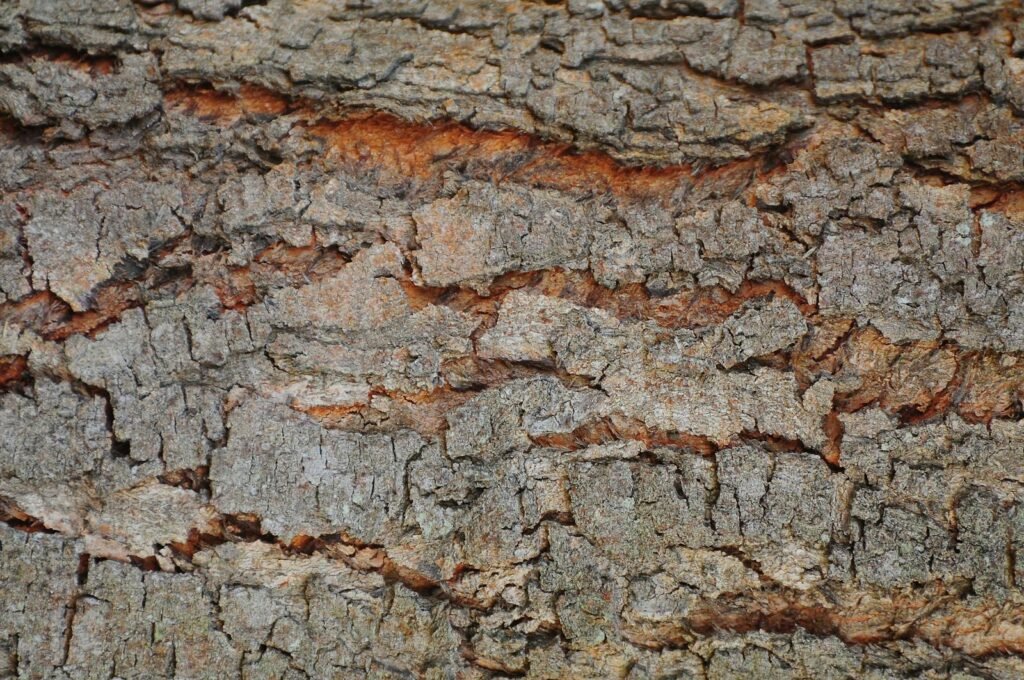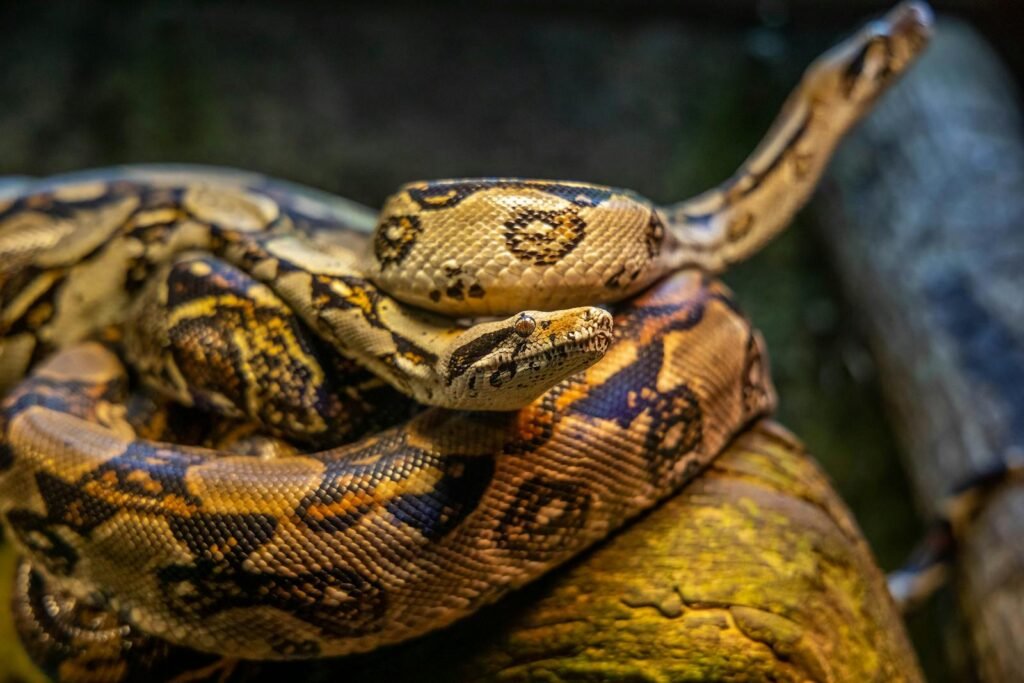Picture this: a healer’s hands gently press tree bark to a wound, the smoky swirl of burning sage dances through a crowded hut, and the rhythmic chant of voices fills the air with hope. Long before hospitals and pharmacies, humanity turned to nature and ritual for healing. Astonishingly, many ancient practices—once dismissed as superstition—have stood up to the test of modern science. Today, buried in tradition and wrapped in myth, some of these timeworn remedies are making a comeback, sparking curiosity and awe. Are we rediscovering lost wisdom, or just catching up with what our ancestors always knew?
The Wisdom of Willow Bark: Nature’s Original Aspirin
Long before the word “aspirin” entered our vocabulary, healers across Europe, Asia, and North America relied on willow bark to ease pain and reduce fever. The bark contains salicin, a chemical that our bodies convert into salicylic acid—the basis for modern aspirin. People would chew the bark or brew it as tea, finding relief from headaches, joint pain, and inflammation. Today, scientists recognize that willow bark truly works, offering a gentler alternative to synthetic painkillers. It’s a living reminder that some of the most powerful medicines can be found just beneath the bark of an ordinary tree.
Smoke and Smudge: The Cleansing Power of Burning Plants
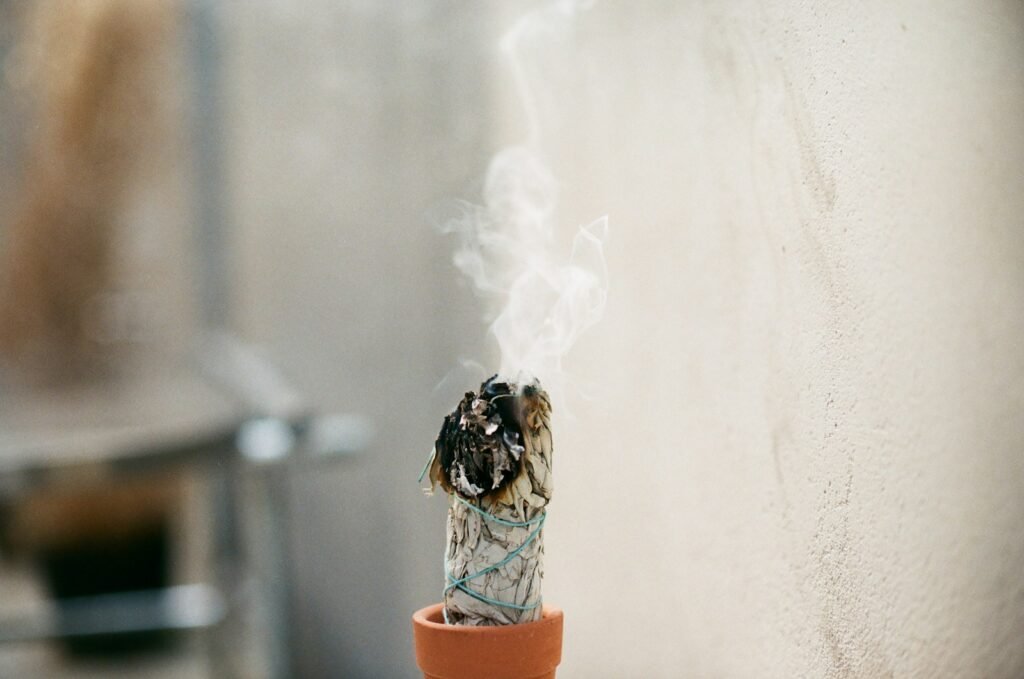
The image of sage smoke wafting through a room isn’t just spiritual theater—there’s science behind the ritual. Indigenous peoples worldwide have burned aromatic plants like sage, cedar, and palo santo to cleanse spaces and ward off illness. Recent studies show that burning certain herbs can reduce airborne bacteria by up to 94%, acting as a natural air purifier. The distinctive smell of a smudge stick transports many back to memory-laden moments of ceremony and community, but it also serves a practical, antimicrobial purpose. In a world obsessed with cleanliness, perhaps our ancestors were a step ahead after all.
Honey: Liquid Gold for Wounds and Infection
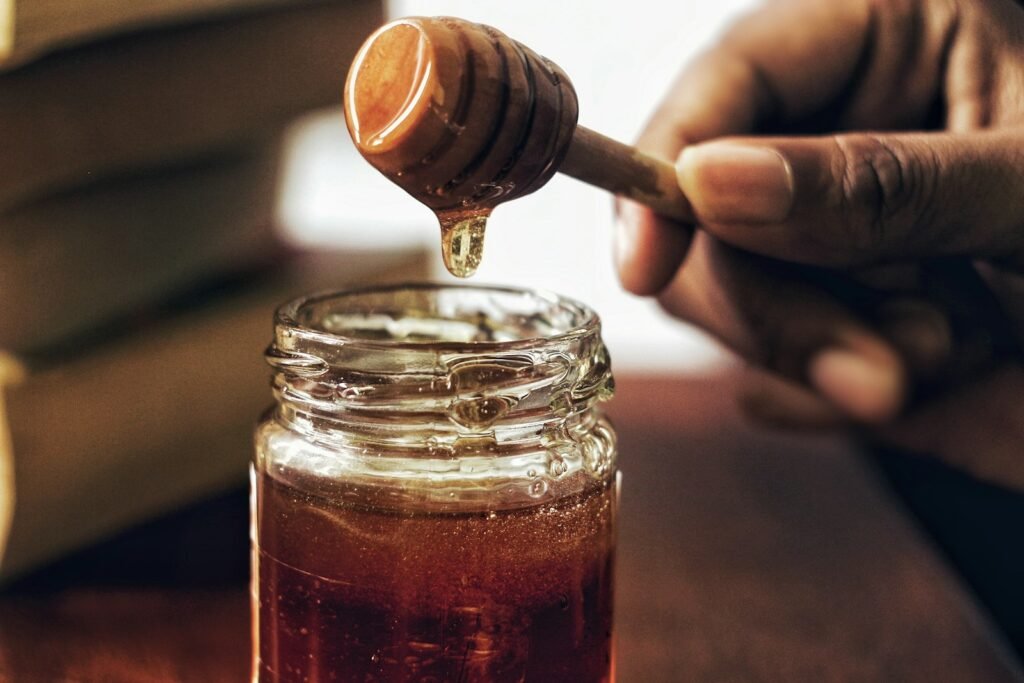
Used for millennia by Egyptians, Greeks, and Chinese healers, honey isn’t just a sweet treat—it’s a potent antimicrobial powerhouse. Ancient texts describe honey being slathered on wounds, ulcers, and burns. Modern science confirms that honey, especially varieties like Manuka, can kill bacteria, reduce inflammation, and speed healing. Its thick, sticky texture creates a barrier against infection while drawing moisture out of wounds. Even today, hospitals sometimes use medical-grade honey on stubborn sores and ulcers, proving that some golden remedies never lose their shine.
Acupuncture: Needles That Nudge the Body to Heal
The idea of sticking needles into your skin to feel better might sound bizarre, but acupuncture has been practiced in China for over 2,000 years. Practitioners believe it opens blocked energy pathways, restoring balance to mind and body. Modern research has uncovered that acupuncture stimulates nerves, increases blood flow, and prompts the body to release natural painkillers called endorphins. For chronic pain, migraines, and even anxiety, acupuncture is now recommended by major medical organizations. Sometimes, the sharpest solutions come from the oldest traditions.
Turmeric: The Golden Root with Anti-Inflammatory Magic
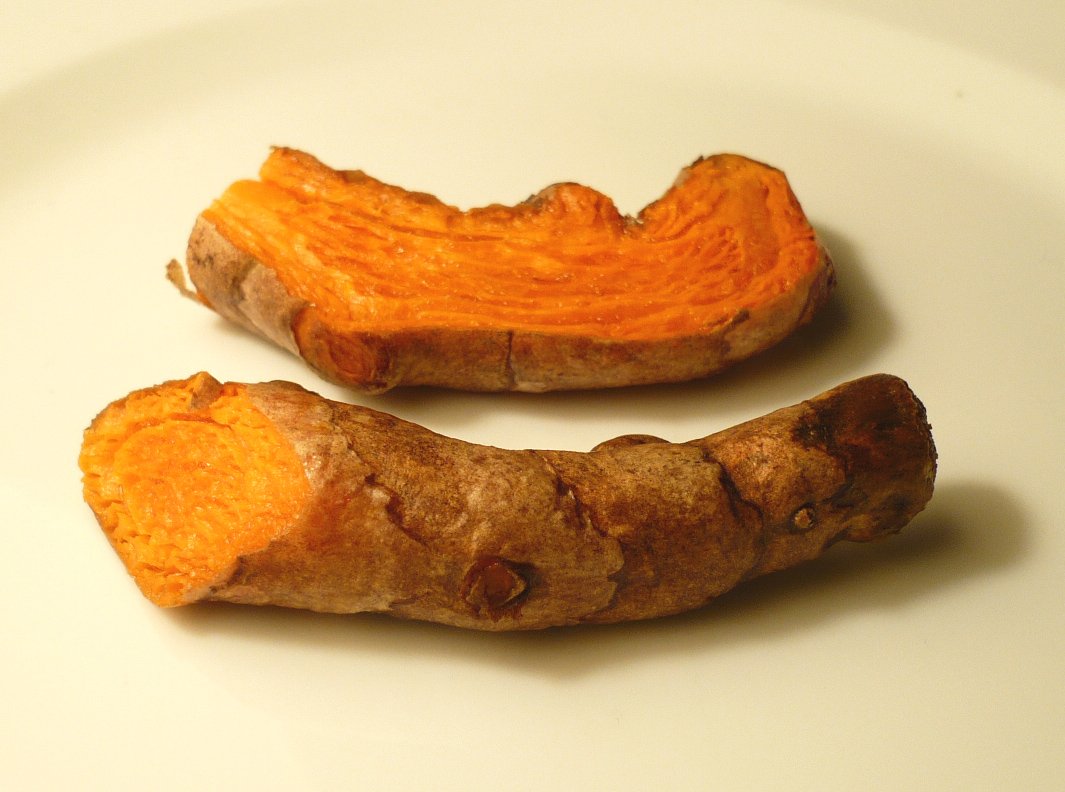
Imagine a root so powerful it colors curries and heals wounds. Turmeric, a staple of Indian Ayurveda, has been used for centuries to treat everything from arthritis to skin infections. The bright yellow spice contains curcumin, which science has shown to have strong anti-inflammatory and antioxidant effects. Researchers today are studying turmeric for its potential in easing joint pain, boosting brain health, and even fighting cancer. What was once a humble kitchen ingredient is now hailed as a superfood worldwide.
Leech Therapy: Ancient Bloodsuckers with Modern Purpose

It’s hard not to shudder at the thought of leeches, yet these slimy creatures have a remarkable healing history. In ancient Mesopotamia, Egypt, and Greece, leeches were used to remove “bad blood” and treat infections. Today, leech therapy is making a surprising comeback in microsurgery and reconstructive medicine. Their saliva contains compounds that reduce pain, prevent blood clots, and improve circulation. In some hospitals, leeches are life-savers, helping reattach severed fingers or restore blood flow after surgery. Sometimes, the creepiest cures are the most effective.
Cupping: Ancient Suction for Modern Aches
Cupping therapy—made famous by those purple circles on Olympic athletes—dates back thousands of years to ancient Egypt, China, and the Middle East. Practitioners place heated cups on the skin, creating suction that’s believed to draw toxins and increase blood flow. While it looks dramatic, research suggests cupping may reduce muscle tension, promote healing, and even ease chronic pain. The ritualistic popping of cups is a spectacle, but its effects are real enough that many swear by its soothing relief.
Herbal Steam Inhalation: Breathing Life Back into the Body
When colds and congestion strike, ancient healers turned to the steam of aromatic herbs. Breathing in the vapor of eucalyptus, thyme, or peppermint was believed to clear the airways and fight infection. Modern medicine now understands that herbal steam can loosen mucus, soothe inflamed tissues, and deliver antimicrobial compounds directly to the lungs. It’s a simple, natural approach that stands the test of time and brings comforting relief—like a warm embrace for your respiratory system.
Clay and Mud Therapy: Earth’s Healing Embrace

Imagine slathering yourself in mud and feeling pain melt away. Across Africa, Asia, and the Americas, people have soaked in mineral-rich mud baths to soothe joints, heal wounds, and draw out toxins. Scientists have found that certain clays can bind to bacteria and heavy metals, pulling them away from the body. The warmth and minerals also relax sore muscles and improve skin health. Whether in a fancy spa or a riverside pool, mud therapy connects us to the primal power of the earth.
Fermented Foods: Ancient Probiotics for Gut Health
Long before probiotics became a buzzword, cultures around the world were fermenting cabbage into sauerkraut, milk into yogurt, and soybeans into miso. These foods are teeming with beneficial bacteria that help digestion, strengthen the immune system, and even boost mood. Modern science now confirms the gut-brain connection and the crucial role of a healthy microbiome. Eating fermented foods is a delicious way to honor ancient wisdom while nourishing our modern bodies.
Hot Stones: Harnessing Heat for Deep Healing
There’s something deeply soothing about the sensation of warm stones gliding across your skin. Native Americans and other cultures have used heated rocks in sweat lodges and massages to ease muscle pain and promote relaxation. The heat from the stones penetrates deep into tissues, increasing circulation and melting away tension. It’s a therapy that blends the elements—earth, fire, and water—into a holistic experience that calms both body and mind.
Ayahuasca and Sacred Plants: Visionary Healing in the Amazon
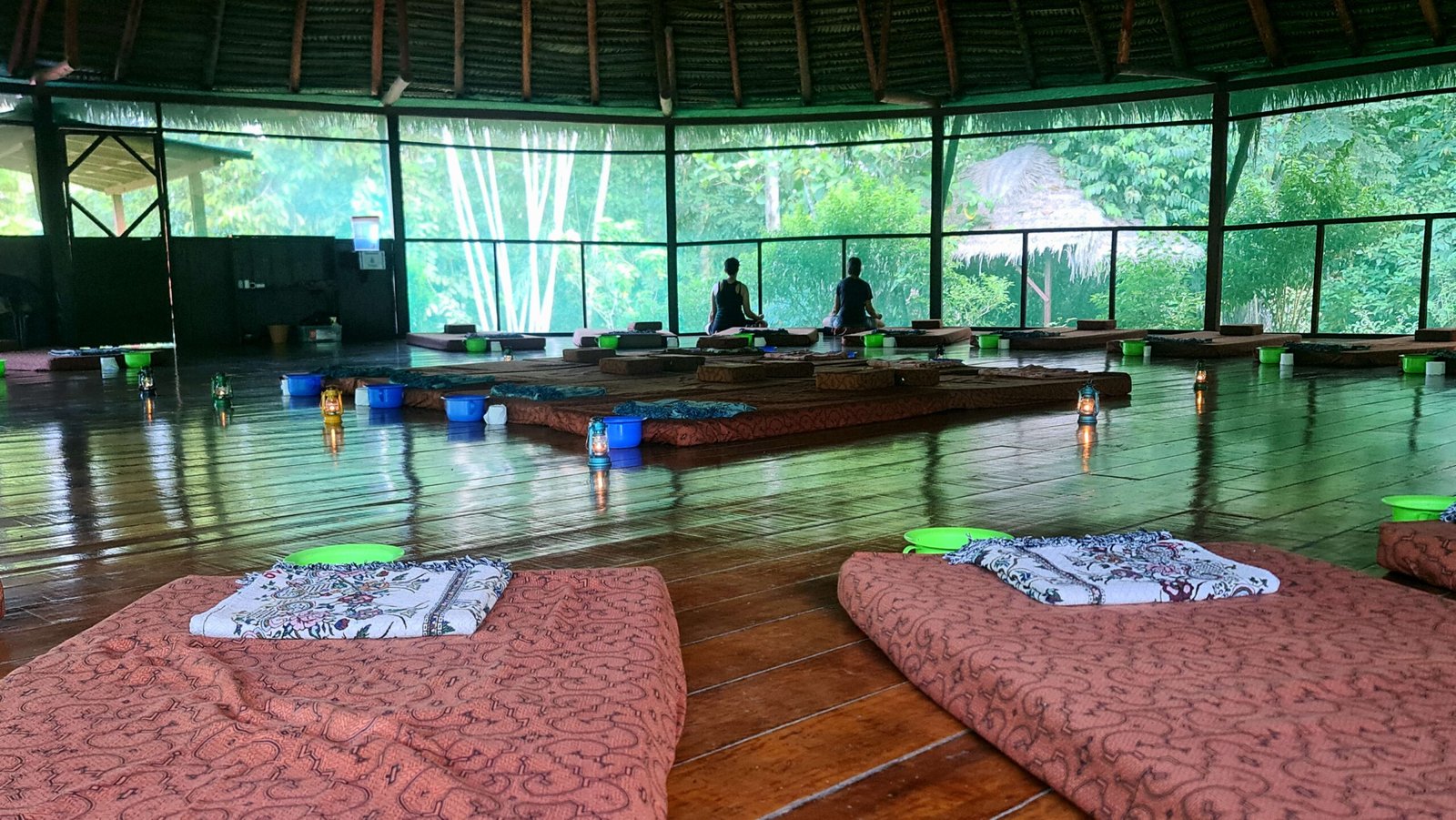
Deep in the Amazon rainforest, shamans brew ayahuasca—a potent mixture of vines and leaves—for ceremonies that promise physical and spiritual healing. The drink contains DMT, a powerful hallucinogen, and is used to treat trauma, depression, and addiction. Recent research from Western scientists has shown that guided ayahuasca experiences can catalyze profound psychological breakthroughs and lasting emotional change. While not for the faint of heart, these rituals remind us that healing isn’t just about the body—it’s about the spirit, too.
Sound Healing: Vibrations That Soothe the Soul
From Aboriginal didgeridoos to Himalayan singing bowls, ancient cultures have harnessed the power of sound to heal. Vibrational therapy uses specific tones and rhythms to calm the nervous system, reduce pain, and even speed up tissue repair. Science now shows that sound can lower stress hormones and promote relaxation, supporting the age-old belief that music and rhythm can mend what medicine cannot. It’s a reminder that healing can be heard as well as felt.
Forest Bathing: Nature’s Prescription for Stress
In Japan, “shinrin-yoku” or forest bathing isn’t just a walk in the woods—it’s a therapeutic practice. Spending time among trees lowers blood pressure, reduces anxiety, and boosts immune function. The scent of pine and the rustle of leaves trigger the body’s relaxation response, backed up by research showing measurable health benefits. Nature lovers have always known the restorative power of a quiet moment in the forest; now, doctors are prescribing it, too.
Moxibustion: Burning Herbs for Balance and Vitality
Moxibustion, a cornerstone of Traditional Chinese Medicine, involves burning dried mugwort near the skin to warm specific acupuncture points. The heat and aromatic smoke are believed to stimulate circulation, boost immunity, and balance the body’s energy. Clinical studies suggest it can help with chronic pain, digestive issues, and even turn breech babies in the womb. The ritualistic aspect—smoke curling upward, warmth sinking in—offers comfort that’s as much psychological as physical.
Salt Therapy: Breathing Easy with Ancient Minerals
From Himalayan salt caves to salt lamps, the healing properties of salt have fascinated people for centuries. Inhalation of salt particles, known as halotherapy, was practiced in Eastern Europe to treat respiratory ailments. Scientific studies have found that salt therapy can reduce inflammation in the lungs, loosen mucus, and ease symptoms of asthma and allergies. Whether sitting in a salt room or breathing in the ocean air, this mineral’s power endures.
Massage: The Universal Language of Touch
Touch is perhaps the oldest medicine known to humanity. Ancient Egyptians, Greeks, and Indians all practiced forms of therapeutic massage to relieve pain, improve circulation, and promote healing. Today, countless studies confirm massage’s ability to lower stress hormones, ease anxiety, and speed recovery from injury. It’s a timeless reminder that the simplest gestures—a knead, a squeeze, a gentle rub—can make a world of difference.
Aromatherapy: Scents That Heal Mind and Body
Essential oils distilled from flowers, leaves, and roots have filled ancient temples and modern spas alike. Inhaled or applied to the skin, these scents can lift mood, calm nerves, and even fight infection. Lavender, for instance, is proven to reduce anxiety and help with sleep, while tea tree oil boasts impressive antimicrobial properties. Aromatherapy taps into the primal power of smell, awakening memories and emotions in ways that science is only beginning to understand.
Ritual and Community: The Healing Power of Belief
Sometimes, the most powerful medicine isn’t a plant or a potion, but the energy of a shared ritual. From chanting and drumming to group ceremonies, ancient cultures understood the psychological boost of coming together in hope and intention. Today, research shows that social support and positive belief can speed recovery and reduce pain. The sense of belonging and shared purpose is a potent force—one that bridges ancient wisdom and modern science.
Breathwork: Ancient Techniques for Modern Calm
Breathing exercises have been central to yoga, meditation, and martial arts for thousands of years. Pranayama, the yogic art of breath control, is just one example. Modern science now recognizes that slow, deep breathing activates the parasympathetic nervous system, lowering stress and improving mental clarity. Whether through a structured practice or a simple mindful inhale and exhale, breathwork remains a powerful, accessible tool for health and healing.
Sunlight Therapy: The Original Vitamin D Prescription
Our ancestors instinctively sought the sun for warmth and healing. Ancient Greeks built solariums, and Native Americans performed sun dances. Science now confirms that sunlight triggers our bodies to produce vitamin D, crucial for bone health, immune function, and mood regulation. While too much sun can be harmful, a little daily exposure can work wonders—reminding us that sometimes, the best medicine is simply stepping outside and soaking up the day.

